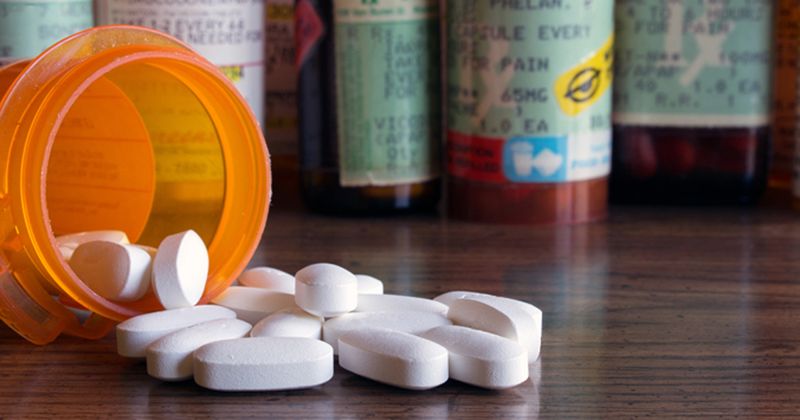Extended oral antibiotics may decrease infection rates after TJA
Key takeaways:
- Extended oral antibiotics may decrease prosthetic joint infection rates after total joint arthroplasty.
- Researchers said further research on antibiotic resistance with extended oral antibiotics is necessary.
Results presented at the Musculoskeletal Infection Society Annual Meeting showed use of extended oral antibiotics may decrease the rate of prosthetic joint infections after total joint arthroplasty.
“In conclusion, [use of extended oral antibiotics] is a relatively simple and prophylactic measure of additional oral antibiotics that could positively impact patient outcomes while also decreasing both the financial and resource burden of septic revision procedures on the health care system,” Kyle E. Bundschuh, BA, said in her presentation.

In a retrospective review of data for 2,893 patients who underwent primary and revision TJA from April 2016 to December 2022, Bundschuh and colleagues compared the rate of PJI between patients who received extended oral antibiotics following TJA and those who did not receive the antibiotics. Patients who received extended oral antibiotics received two daily doses of 300-mg cefdinir for 7 days.

“Our primary outcome of interest was looking at PJI diagnosis at 3 months postoperatively, and our secondary outcomes of interest included the frequency of additional oral antibiotics prescribed for a clinically concerning wound postoperatively, 3-month reoperation rate and 3-month PJI diagnosis in high-risk patients in order to validate the prior studies that we've seen,” Bundschuh said.
Results showed patients who underwent primary TJA had a significant reduction in risk for PJI, with a 0.41% and 1% risk for PJI in patients who received extended oral antibiotics and those who did not, respectively.
“We were not able to detect significance in the revision arthroplasty group,” Bundschuh said. “This is probably due to the fact that there are only 300 patients in this group, so we were underpowered to find a significant difference.”
Bundschuh said the groups had no differences in the frequency of additional oral antibiotics prescribed for a clinically concerning wound and in 3-month reoperation rates.
“Because this is a relatively new phenomenon of prescribing extended oral antibiotics, there is not yet enough data to assess the potential development of antibiotic resistance because of extended oral antibiotics, so this will be important to study in the future,” Bundschuh said.






